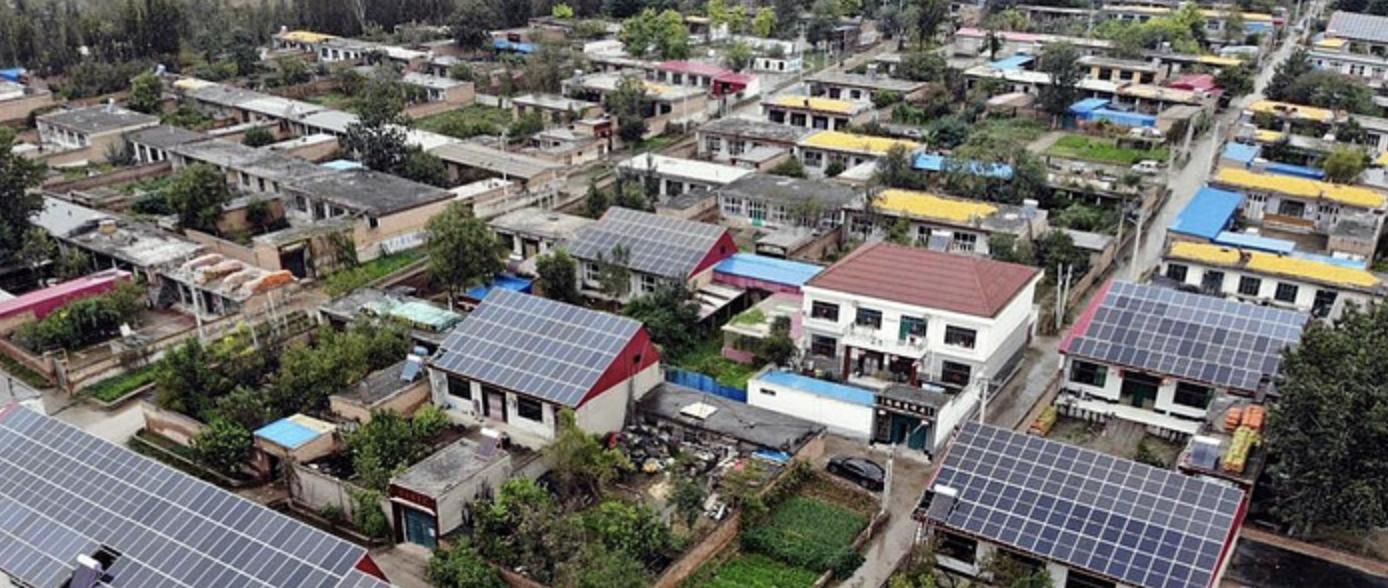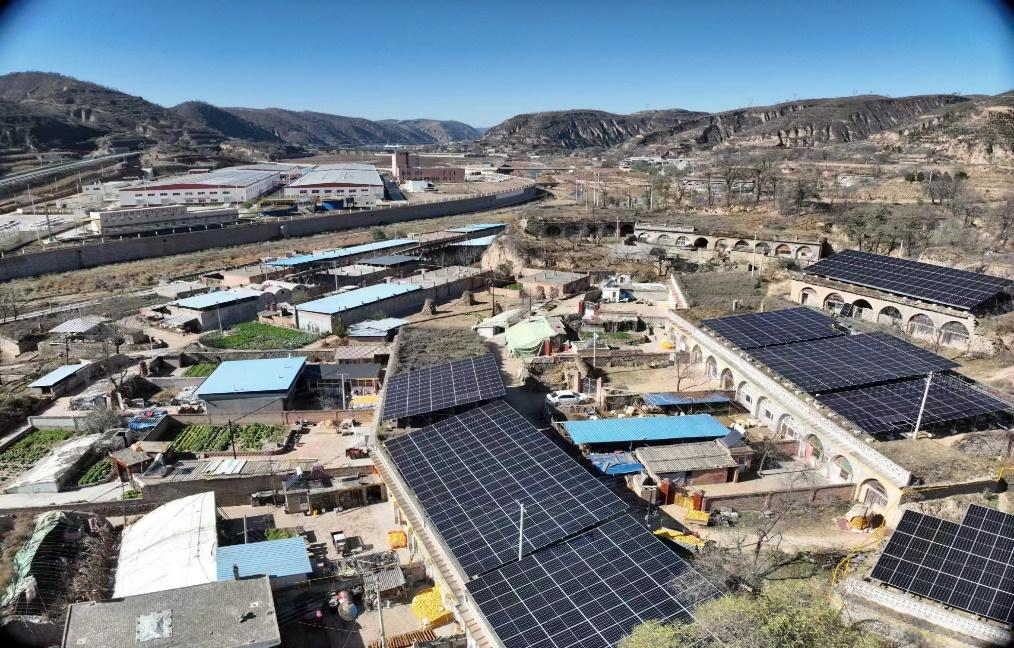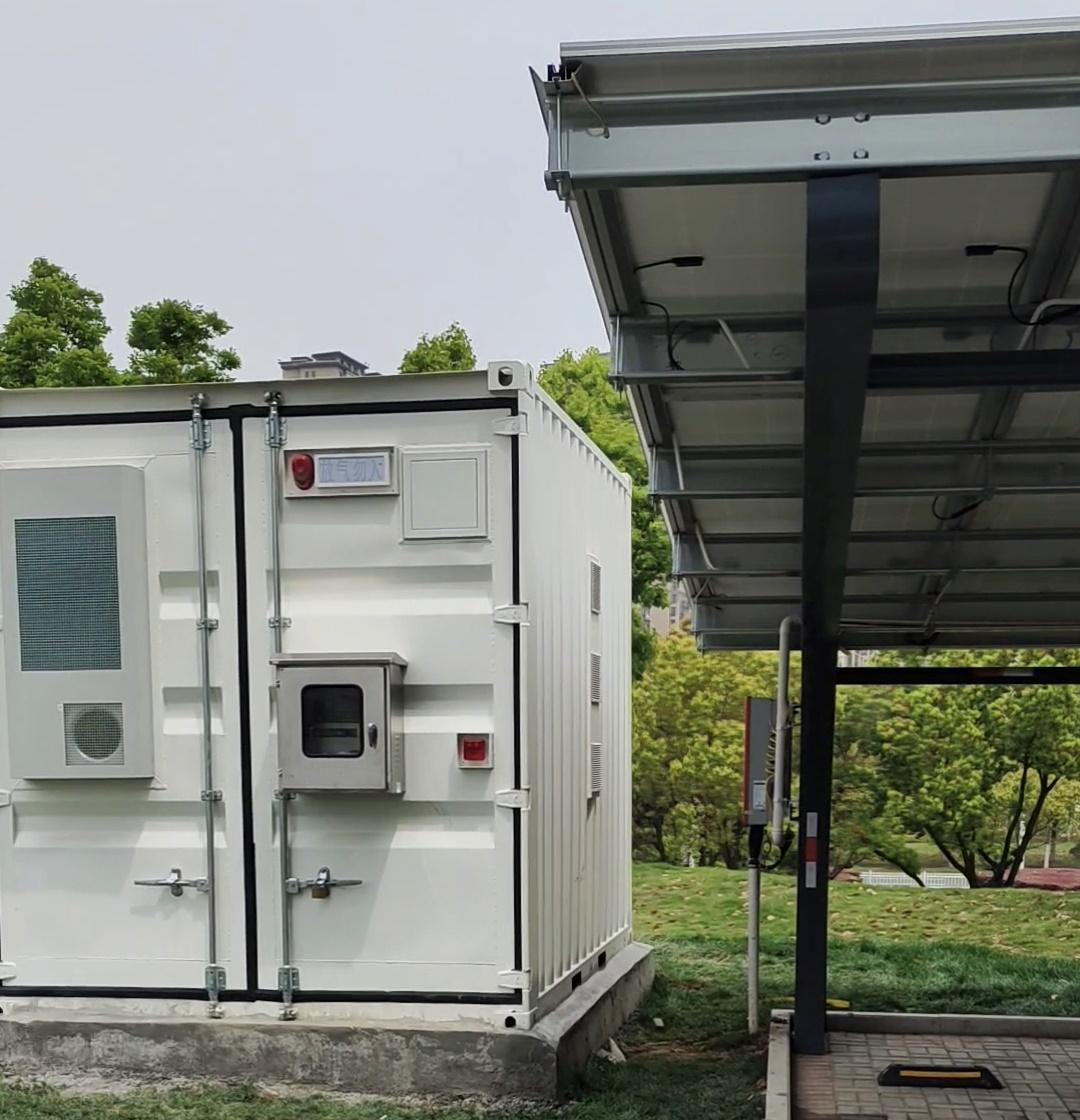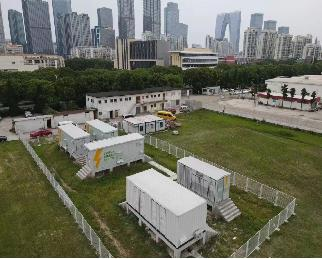Wedoany.com Report-Nov 22, Developed by researchers in South Africa, the proposed technique is based on the water cycle algorithm (WCA), a population-based metaheuristic optimization algorithm that is inspired by the water cycle process in nature and how streams and rivers flow into the sea.
Researchers at the University of Johannesburg in South Africa have created an algorithm that reportedly ensures equitable distribution of curtailment among distributed energy resources.
The new method is intended to replace conventional Volt-Watt approaches used by power utilities and distributors. These methods manage and optimize both voltage levels (Volt) and reactive power (VAr) across the grid and, according to the research team, often result in unequal power curtailment, particularly disadvantaging PV systems located further from the distribution transformer.
“There is a need for comprehensive frameworks that seamlessly incorporate advanced inverter controls into existing infrastructure, enhancing overall grid stability and performance,” the academics explained. “There is a gap in developing dynamic and adaptive control mechanisms that can respond to fluctuating loads, varying generation profiles, and other real-time operational conditions to minimize power curtailment continuously.”
In the study “Optimal PV active power curtailment in a PV-penetrated distribution network using optimal smart inverter Volt-Watt control settings,” published in Energy Reports, the research group said that the proposed algorithm can simultaneously optimize voltage control and active power curtailment across the network, while also achieving a more balanced and effective voltage regulation.
The proposed technique is based on the water cycle algorithm (WCA), a population-based metaheuristic optimization algorithm that is inspired by the water cycle process in nature and how streams and rivers flow into the sea.
“By using optimized Volt-Watt control settings for smart inverters, the method can dynamically adjust PV active power curtailment more precisely, reducing the need for extensive compensation measures,” they further explained. “This not only enhances voltage stability but also maximizes PV hosting capacity while minimizing curtailment losses, which sequential methods may struggle to achieve as efficiently.”
The new method is also said to be able to iteratively modify the control parameters of the Volt-Watt curve of smart inverters to determine the ideal configuration that satisfies the required performance requirements.
The scientists validated the new methodology through a series of simulations using the IEEE 33-bus radial distribution test system and found that WCA algorithm can effectively improve system performance, ensure voltage stability, and minimize the adverse effects of high PV penetration without over-reliance on traditional methods.
It also reportedly achieved “significant” reductions in PV curtailment while maintaining voltage levels within acceptable limits across the distribution network and ensuring fairness in the curtailment process.
“All distributed energy resources, regardless of their proximity to the distribution transformer, participate equitably in curtailment, thereby distributing the economic burden more fairly,” the academics stated. “The WCA outperforms conventional metaheuristic algorithms in reducing curtailment and maintaining voltage regulation.”

















